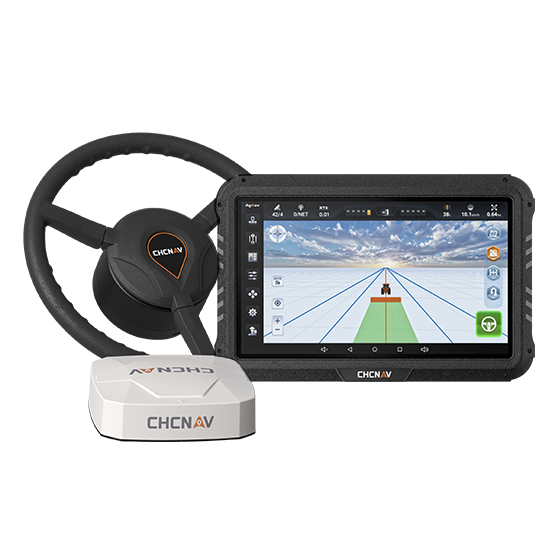The advent of autonomous tractors and machinery is transforming modern agriculture, particularly through the integration of precision farming equipment. As farmers face increasing demands for efficiency and productivity, the development of self-driving equipment represents a significant leap forward, allowing for more precise and effective farming practices.
The Rise of Autonomous Technology in Agriculture
In recent years, the agricultural sector has seen an influx of innovative technologies designed to optimize operations. Autonomous tractors and machinery are at the forefront of this evolution. These self-driving machines utilize advanced sensors, GPS technology, and artificial intelligence to carry out farming tasks with minimal human intervention. The rise of precision farming equipment has enabled farmers to enhance accuracy in planting, cultivating, and harvesting crops, ultimately driving up yields while reducing resource waste.
Autonomous tractors can operate tirelessly around the clock, leading to increased efficiency in completing essential tasks. This capability is particularly beneficial during peak seasons when time is of the essence. By leveraging precision farming equipment, these tractors can follow predefined paths with remarkable accuracy, ensuring that every inch of the field receives the necessary attention.
Benefits of Autonomous Tractors in Precision Farming
The implementation of autonomous tractors provides numerous advantages within the framework of precision farming. One primary benefit is the significant reduction in labor costs. With automation handling repetitive tasks, farmers can allocate their workforce to more critical and strategic roles. This shift not only enhances productivity but also addresses labor shortages prevalent in many agricultural regions.
Additionally, autonomous machinery improves resource management. Equipped with precision farming equipment, these tractors can apply inputs such as fertilizers, pesticides, and water at optimized rates based on real-time data analysis. This targeted application minimizes waste and reduces the environmental impact of farming, aligning with growing sustainability goals in agriculture.
Challenges and Future Prospects
Despite the many benefits, the widespread adoption of autonomous tractors and machinery faces challenges. Initial investment costs can be prohibitive for some farmers, especially smaller operations. Moreover, integrating this technology into existing agricultural practices may require training and adjustments in workflow.
However, as technology continues to advance and become more affordable, the future looks promising for autonomous tractors. Collaborations among technology providers, agricultural organizations, and farmers will be crucial in overcoming barriers and enhancing the accessibility of precision farming equipment.
Conclusion
The development and application of autonomous tractors and machinery signify a pivotal shift in modern agriculture, driven by the capabilities of precision farming equipment. These innovations offer enhanced efficiency, resource optimization, and data-driven decision-making.
At CHCNAV Agriculture, we are committed to supporting the agricultural community with advanced technologies like the NX510 Pro, our sophisticated automated steering system designed to retrofit both new and existing farm vehicles. By delivering centimeter-level accuracy through multiple correction sources, including Trimble RTX™, we help farmers maximize productivity and operational efficiency.
